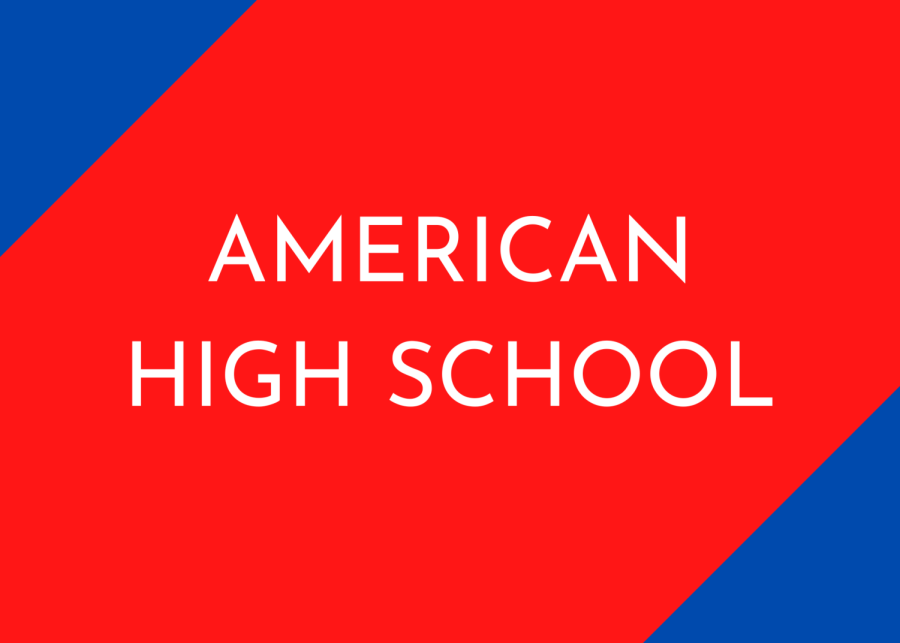American High School, Part One: Welcome
“School’s never gone.”
For Andy Aiello (‘22), a student at Cherry Hill High School East — and 49,499,999 other American schoolchildren — such is reality.
Every year, 49.5 million students across the country approach mid-June with eager anticipation, biding their time until the bell rings one last time and school is out for the summer. Centuries ago, in the age of one-room schoolhouses, this may have truly been a point of total transition. Today? Not so much. Digital technology keeps students constantly connected to their teachers, summer reading grows into summer assignments of all kinds, standardized tests demand endless study hours… the list goes on.
As such, school truly is never gone. In fact, it’s ubiquitous. School buildings don’t even close for summer these days: “Everything’s up and running,” explained Joe Sutton, head custodian at Cherry Hill High School East. Set in the middle of sprawling, suburban Cherry Hill, New Jersey, the school maintains full operations, from air conditioning to front desk staffing, throughout the sunny season.
Once a luxury, public schools have now become an unceasing institution in U.S. society. Year in and year out, they churn through generations of American children, shaping our future. And now more than ever, they are under intense scrutiny.
If you were to ask for one word to describe education in 2022, some might answer “politicized.” From the outside looking in, that narrative can ring true: One day people are outraged over critical race theory, while the next, sex education is the new hot debate. Yet, if you talk to the actual students and teachers who walk the halls of your typical suburban American high school, these controversies are far from the top thing on many of their minds.
“Those [issues] haven’t really arisen,” said Gabriella Sanzari, age 25 and a second-year teacher at “East,” which most people call the school for short. Sanzari said that she simply wants every student to feel welcome in her classroom, and past that, it’s all about learning.
Jaclyn Pitt, another relatively recent addition to East’s teaching staff, agreed. She said that people outside the school often worry about a whole different set of issues than she does as a teacher. In her history classes, it’s all about critical thinking: everyone’s opinions are valued, and factual evidence is key to any argument.
So, if not controversy and spectacle, what is going on in our schools? The answer to that question will have critical implications for the future of our society. And I’m setting out to answer it.
In many ways, Cherry Hill High School East offers an interesting allegory for suburban education across the country. Its racial demographics — 41% of students attending East are members of minority groups — match the national population precisely. So do its socioeconomic circumstances, with the number of students who are economically disadvantaged, 11%, again aligning closely with the national poverty rate. And its location, stereotypical suburban and 10 miles from a major city (Philadelphia), offers yet another ideal comparison with your typical suburban American high school today. While this demographic profile and specific situation are far from representing the whole of American education, and should not be taken as such, more and more kids will grow up in suburbia and under the conditions represented by East.
As both a nationally award-winning journalist and a student at the school, I find myself in the perfect position to offer an inside look into what’s happening in our schools today. From the life of a student athlete to the dynamics of modern pedagogy, my reporting in this year-long independent study project will dive deep into everything you could want to know about what’s really happening inside today’s suburban high schools. Periodically, through Eastside and other mediums, I’ll publish longform journalism as part of this project.
Stay tuned for part two, and welcome to American High School.


